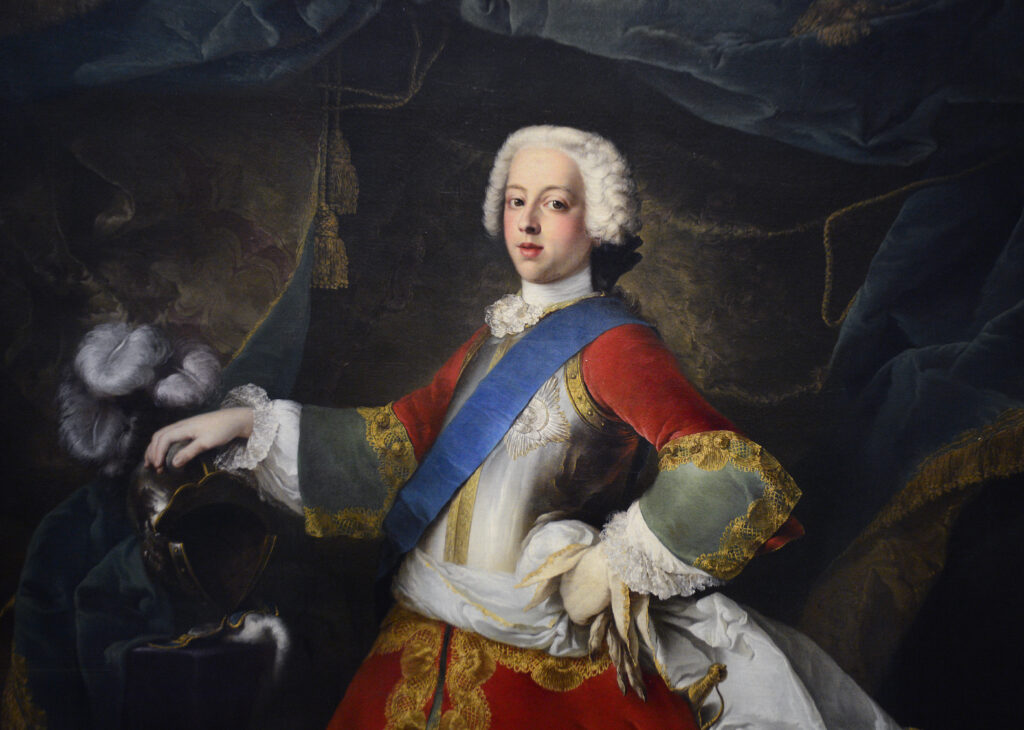
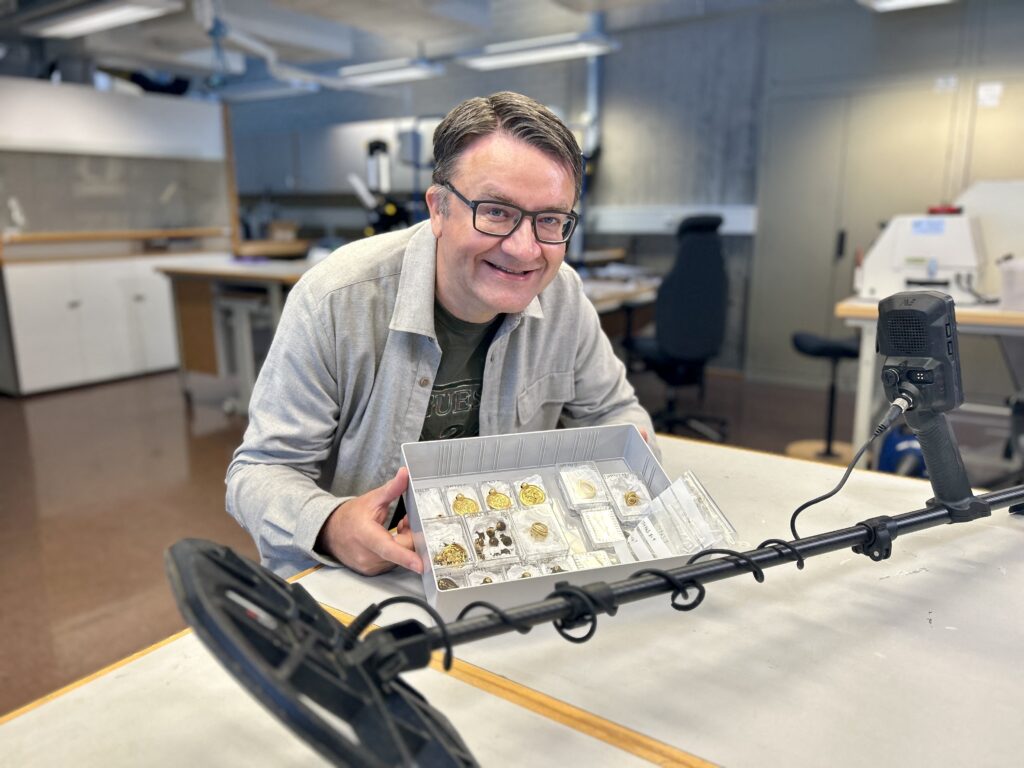

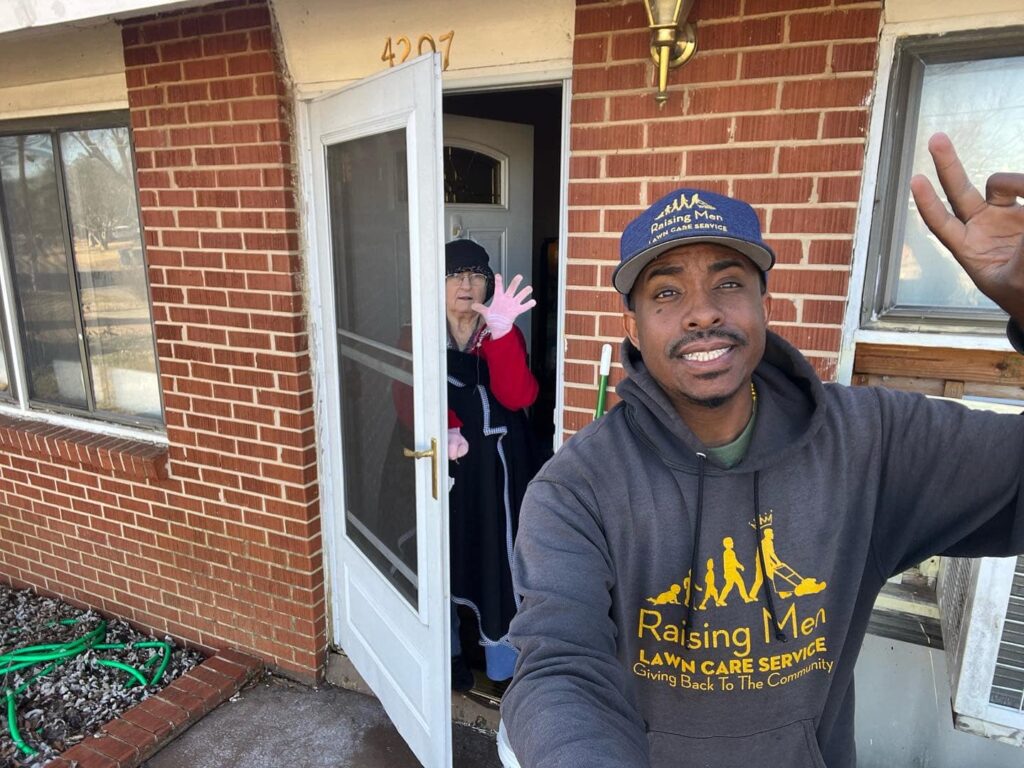
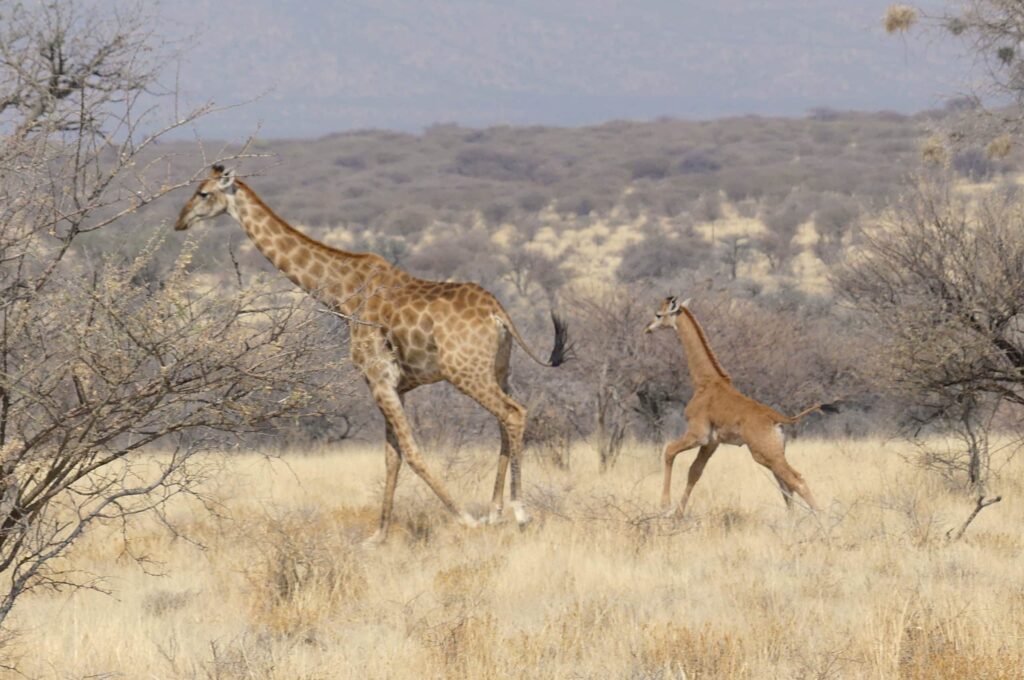
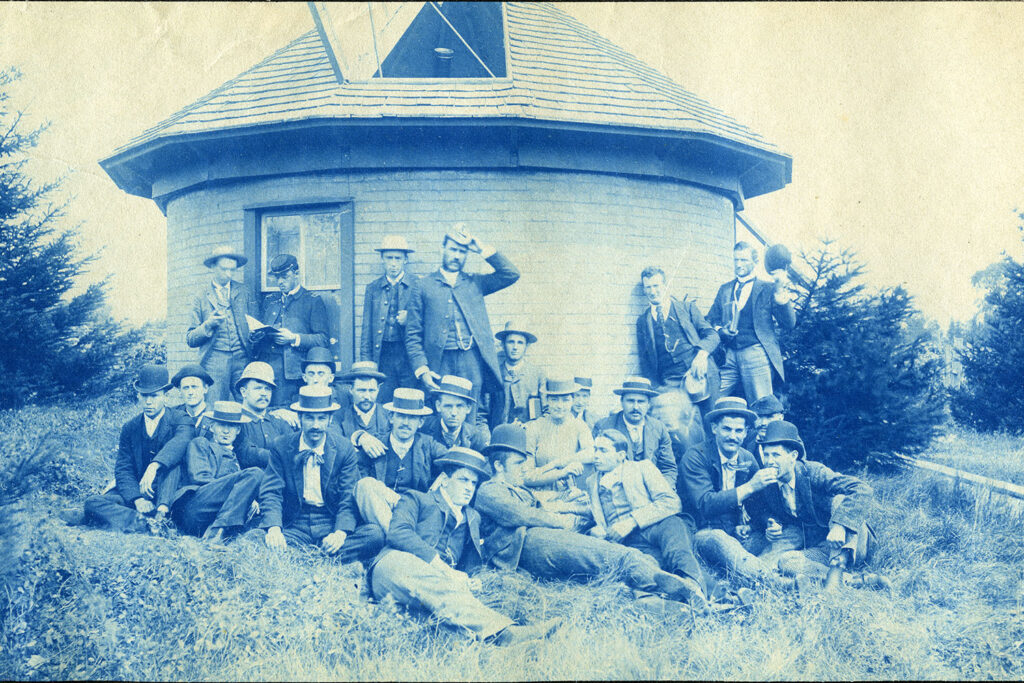
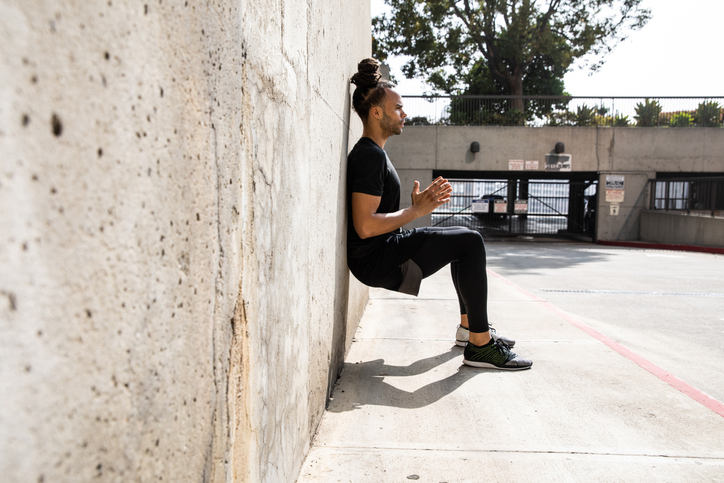

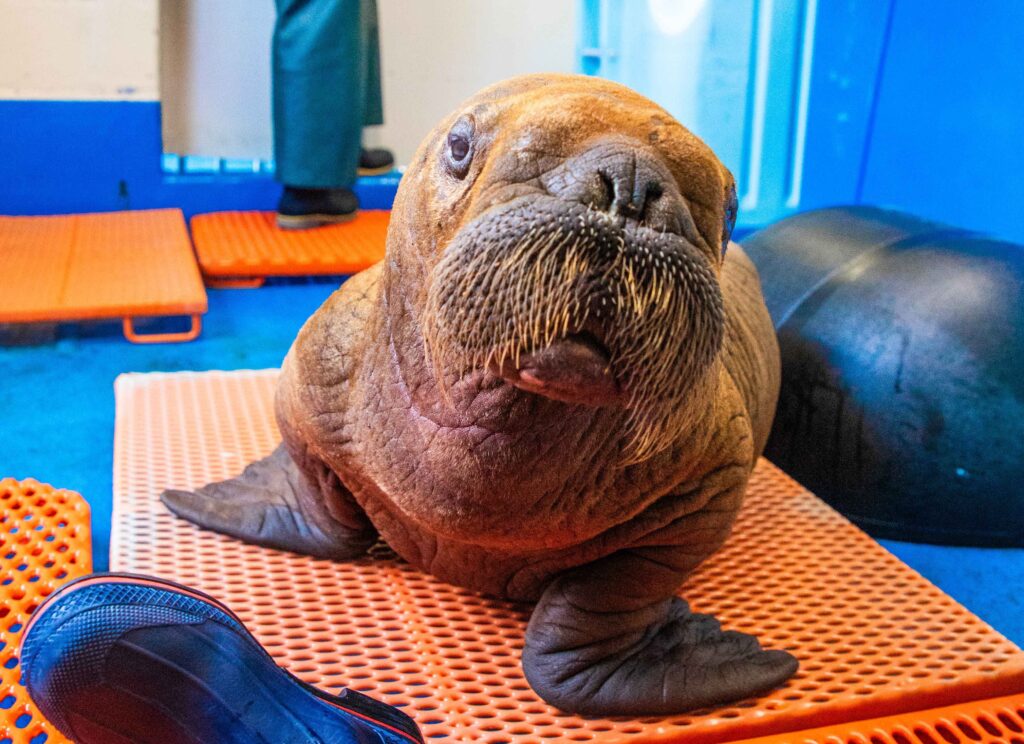
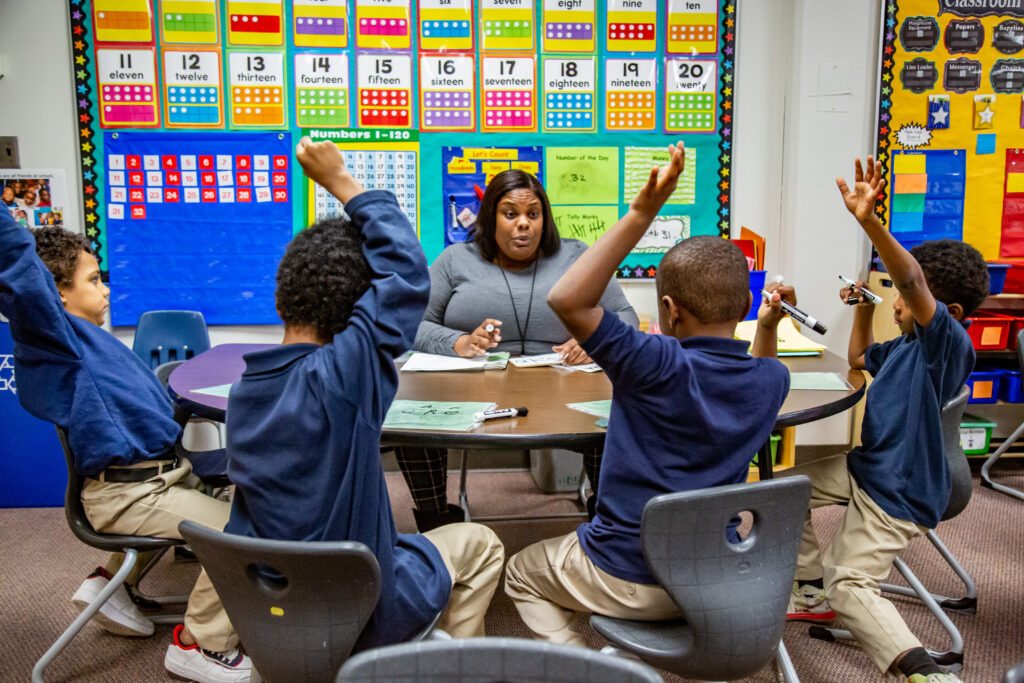
Prior to joining Nice News as the brand’s second hire, Ally got a degree in journalism and worked as an entertainment reporter and freelance writer. She has a passion for service journalism that truly serves and, via Nice News, a desire to showcase humanity’s inherent goodness. Her favorite thing about the job is hearing about all the ways Nice News’ optimistic outlook on the world has helped readers. Outside of writing the daily newsletter, Ally can be found jogging along Lake Michigan, exploring Chicago’s restaurants, and cooking for friends.









